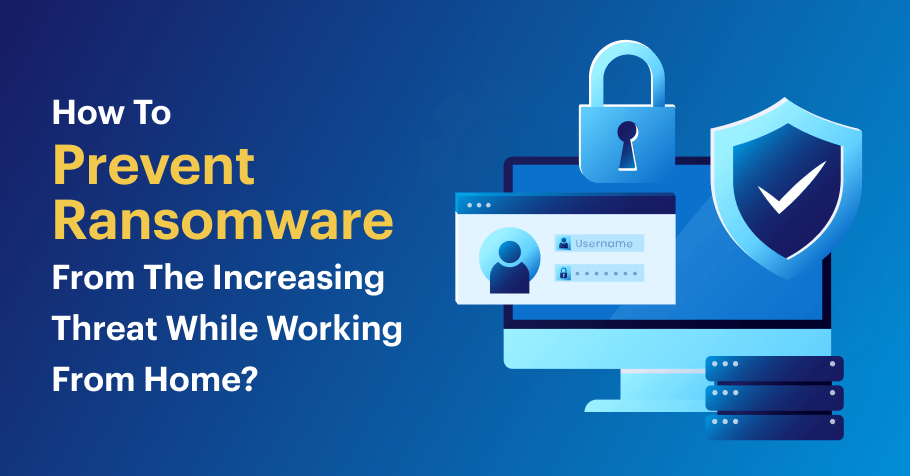Ransomware is a type of computer crime that has grown alarmingly in recent years. In 2016, 1,539 cases were detected per day and the average ransom amount requested increased by 266%. One of the reasons for the growth of these types of attacks is that around 34% of victim’s worldwide end up paying an average ransom amount of US$1,077 per victim.
Protect Your Data from Ransomware with Proven Data with the following tips to prevent this type of attacks and avoid the feared kidnapping of data and sensitive information.
1. Implement a patch management program
Implement a patch management program that keeps users’ software fully up to date. This is the best way to prevent ransomware from exploiting vulnerabilities.
2. Protect email and web gateways
Ransomware often penetrates organizations through links or executable files found in emails or when a user visits a fake website. Detecting and blocking these threats at the gateway is the best way to prevent ransomware from ever affecting user systems.
3. Secure endpoints
Laptops, servers and smartphones of all types must be protected every minute of the day with the most up-to-date measures and managed from a single panel. Some systems, such as Symantec Endpoint Protection 14, help stop advanced threats and rapidly mutating malware, using advanced machine learning, capable of reacting quickly to polymorphic malware and preventing incursions, stopping the spread of infection and reducing the risk of infection. and data breach.
4. Educate and train employees and users
Ransomware, like many other types of malware, uses some level of engineering based on social environments to get users to infect themselves. By ensuring your users are educated on this topic and employing a high-quality security management product that is capable of automatically deploying policies, you will be able to protect your company’s devices and your users.
5. Create layered defense systems
Today’s advanced attacks work in multiple phases and vectors. To deal with this issue, your organization will need to ensure that your endpoint, email and web security solutions correspond to a range of technology that provides maximum efficiency and effectiveness.
6. Take an integrated approach
Ransomware and other types of malware are increasingly sophisticated, even being able to bypass vectors and systems to avoid detection. Therefore, security architectures need to extend beyond defense-in-depth tools and coordinate all their defenses so that security technologies can function by sharing intelligence information with each other, in order to detect and resolve problems. Advanced attacks as quickly as possible.
7. Be alert to threats in the environment
As WannaCry and Petya have demonstrated, ransomware and other types of malware are becoming increasingly sophisticated. Their techniques are evolving in order to circumvent defenses that have already managed to thwart previous attacks.
Therefore, having real-time intelligence and security expertise is essential to help your organization achieve the greatest returns on its security investments.
8. Make backups periodically
If we make frequent backups, we can always restore a previous version of the data in case of a ransomware attack. Taking system backups offline or taking backups off-site can prevent ransomware from being able to track them. In this sense, the company will not be blocked and subjected by criminals while it solves the leak.
Perhaps one of the most critical practices emphasized here is making periodic backups. This straightforward yet invaluable step ensures that even in the face of a ransomware attack, you maintain control over your data. Backups, especially when taken offline or stored off-site, become an impenetrable fortress against ransomware’s attempts to hold your data hostage. In essence, they provide a lifeline, preventing your organization from being blocked or subjected to the demands of cybercriminals while you work to resolve the breach.
Conclusion
Ransomware attacks are a growing menace, but they can be thwarted with a combination of proactive measures, education, and intelligent security practices. By following these tips and making backups a routine part of your data protection strategy, you can stand strong against the tide of ransomware threats and ensure the safety of your digital assets.

